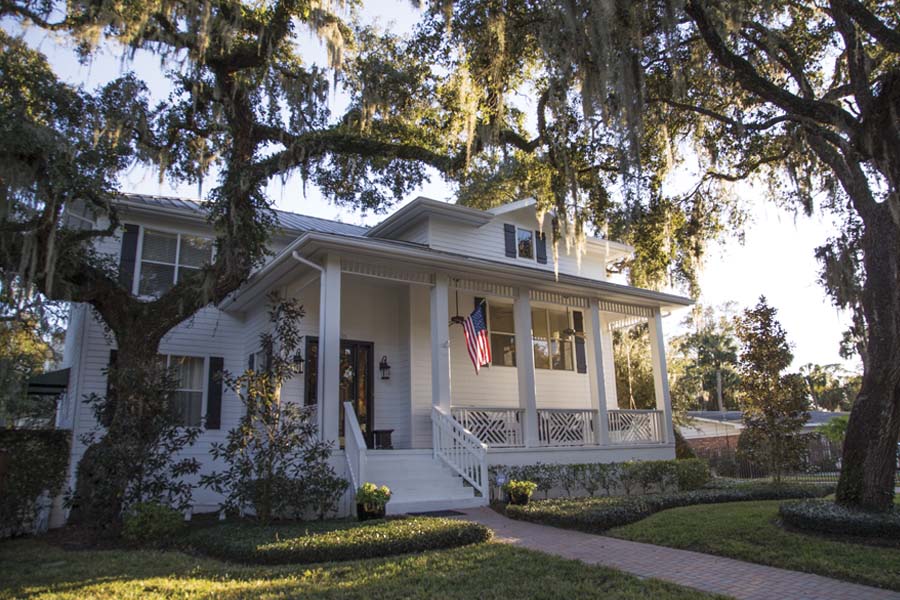
Despite being one of the oldest and most culturally significant parts of the city, South Tampa’s history is fairly short – it was only developed about 100 years ago, at the start of the 20th century.
“That era was a very dynamic period in American and Florida history,” said Gary Mormino, professor emeritus of Florida history at USF St. Petersburg. “At the turn of the century, Tampa’s population was about 16,000, spiraling to about 53,000 in 1920.”
According to Mormino there was plenty of room to expand, and, much like today, the neighborhoods near the water, like the ones in South Tampa, were especially desirable. During this time, developers were busy building beautiful homes for the city’s elite and encouraging northern residents to move to Florida.
The names developers gave the neighborhoods they built are now a familiar part of South Tampa lore. Davis Islands were named for D.P. Davis, the man who developed them, while O.H. Platt named Hyde Park (South Tampa’s first planned neighborhood) after his hometown on the South Side of Chicago, Illinois.
So how did Ballast Point, Beach Park, Palma Ceia and Sunset Park get their names?
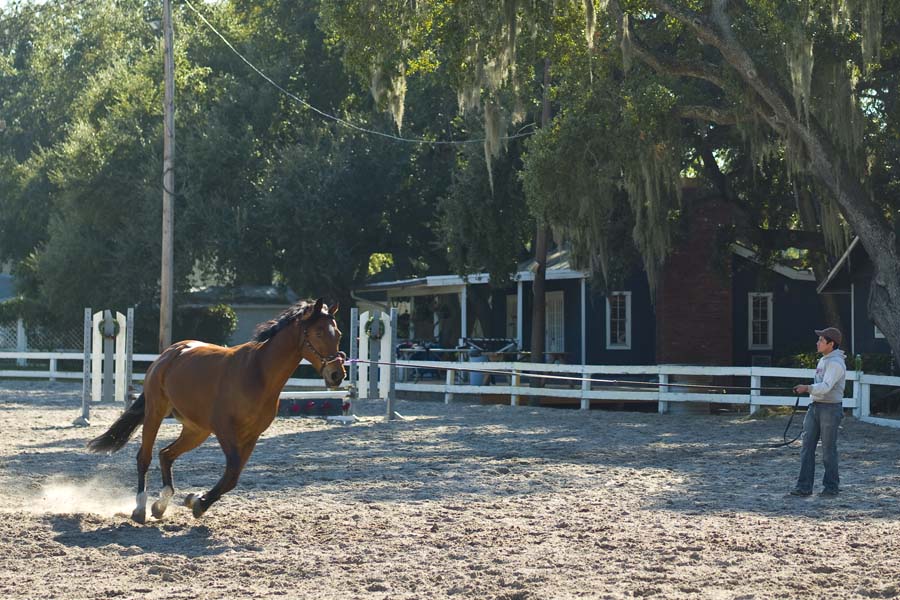
Ballast Point
While houses were not built there until the early 1900s, Ballast Point was the one subdivision that came with a name. Mormino says that the name came from the function of the area.
“Beginning in the 1850s and the decades following, Captain James McKay and others used Ballast Point as a port to ship cattle to Cuba,” he said. “The place was chosen because it enjoyed a deep natural harbor. The cattle were shipped on barges. When the empty ships returned to Tampa, the ballast contained big stones and rocks that were deposited along the bay.” Ships carried ballast, or extra weight in the form of heavy stones, to maintain stability in deep and rocky waters. Most ships had to deposit that ballast before entering Hillsborough Bay, a shallower body of water.
As the neighborhood began to grow in the late 19th century, Emelia Chapin, who owned Consumers Electric Light and Street Railway Company along with her husband, built a park complete with a pavilion, gazebo and pier in Ballast Point. It soon became the “in” place for Tampa residents to enjoy a leisurely afternoon picnicking, strolling or swimming.
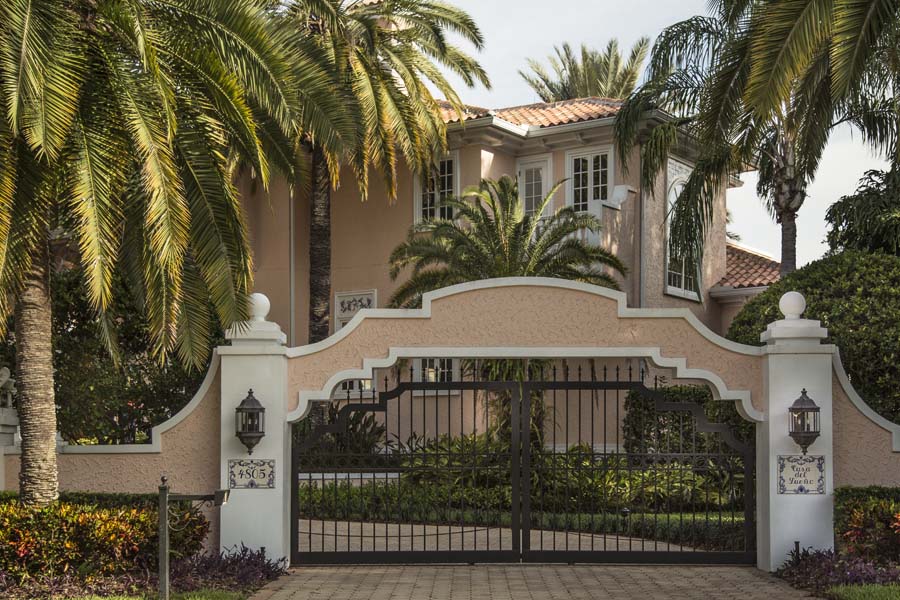
Beach Park
In the early 1920s, local real estate developers formed the Beach Park Company and turned a primitive jungle teeming with alligators, snakes and other critters into a subdivision that they advertised in a 1924 magazine as a “home-place and show place of Florida’s most prosperous citizenry.”
Though they never did, developers initially wanted to create a “beach and park” to attract new residents from the north. In the hopes that their plans would come to fruition (and in a sly bit of marketing), the subdivision was named Beach Park by the Bay, which evolved to today’s Beach Park.
Lots sold for $2,570 in the early ‘20s. The developers upheld strict building requirements to ensure a uniform style for all homes – they had to be a Mediterranean design and feature stucco exteriors, terra-cotta roofs, interior and exterior archways and plenty of decorative tile.
“They even had rules about how many chickens you could have in your yard,” said Emmy Purcell Reynolds, a realtor and former Beach Park Homeowners Association president.
The developers also built elaborate, illuminated gates at the corner of West Shore Boulevard and Cleveland Street that were so bright they could supposedly be seen from Pinellas County. You can still find the remains of a smaller set at the corner of Swann and Lois Avenues.
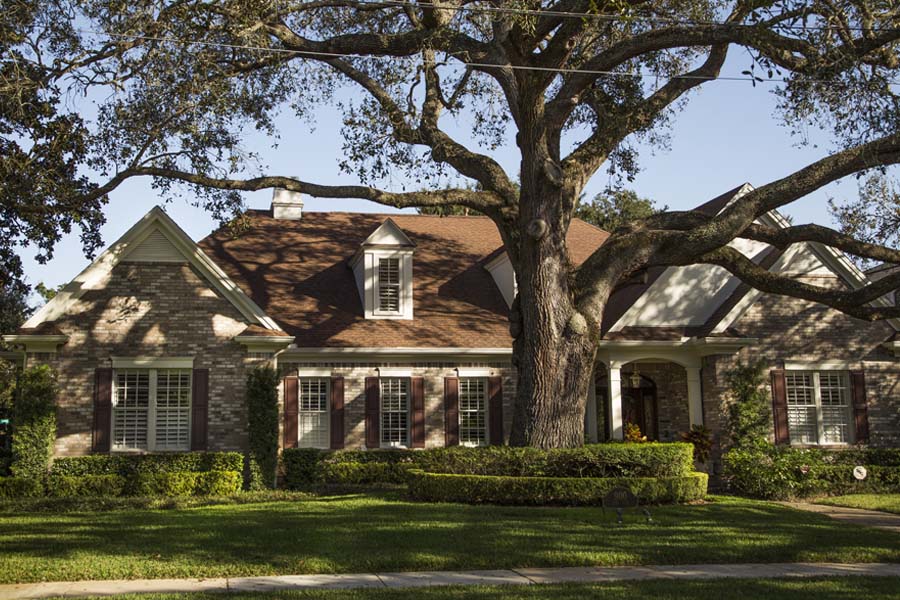
Palma Ceia
The earliest maps of the area that is now known as Palma Ceia show an unnamed spring with a creek feeding into Hillsborough Bay. When Tampa attorney Thomas Palmer and his wife, Ruby, first began developing the neighborhood in 1903, they named it Madrid. Several years later, the Palmers submitted a revised Madrid subdivision plan with one interesting change. The spring was now called Palmera Spring, likely an homage to the family’s last name.
From here it is all speculation. In 1910, Palmer teamed up with real estate developer James Taylor, who told the Jacksonville Times-Union that his company had sold land to an investor who would be building Palma Ceia and Palma Ceia Park. There are no records that explain why Palmer decided to change Palmera to Palma Ceia or abandon the name Madrid for his subdivision, but one plausible explanation is that he liked the sound of the already existing Terra Ceia in Manatee County and wanted to echo the name.
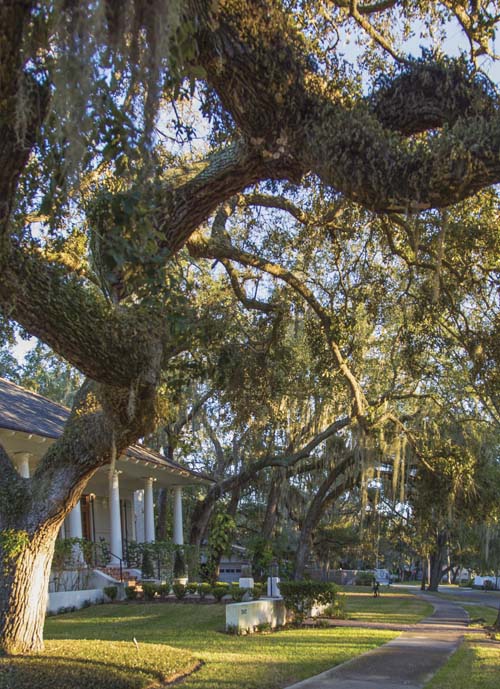
Sunset Park
Located just south of Beach Park, Sunset Park was home to a beach, but little development, in 1916. However, that all began to change in the 1920s when the Sunset Park Company started building homes in the neighborhood, many of which are still there today. One of the developers, Charles Glover, was married to a poet and pianist named Alma, who is credited with naming the streets after well-known poets like Alfred Tennyson, John Keats and Henry Wadsworth Longfellow.
“I really enjoy the neighborhood, having lived in Sunset Park for over 22 years,” said Marlin Anderson, president of the Sunset Park Homeowners Association. “It’s nice to see the old houses in the vicinity of Bay to Bay and West Shore Boulevards and to know that the neighborhood does have a history going back to the 1920s.”